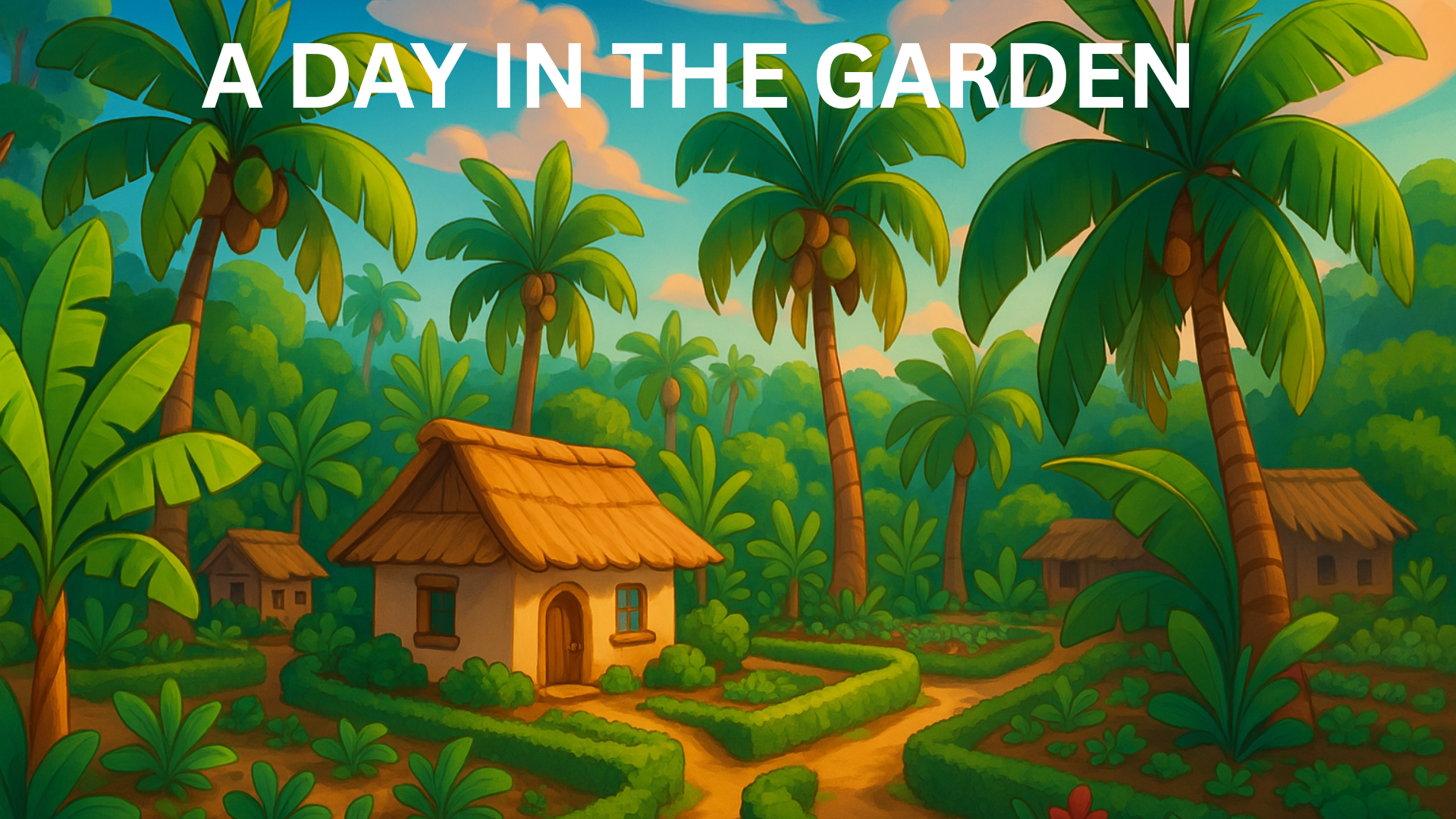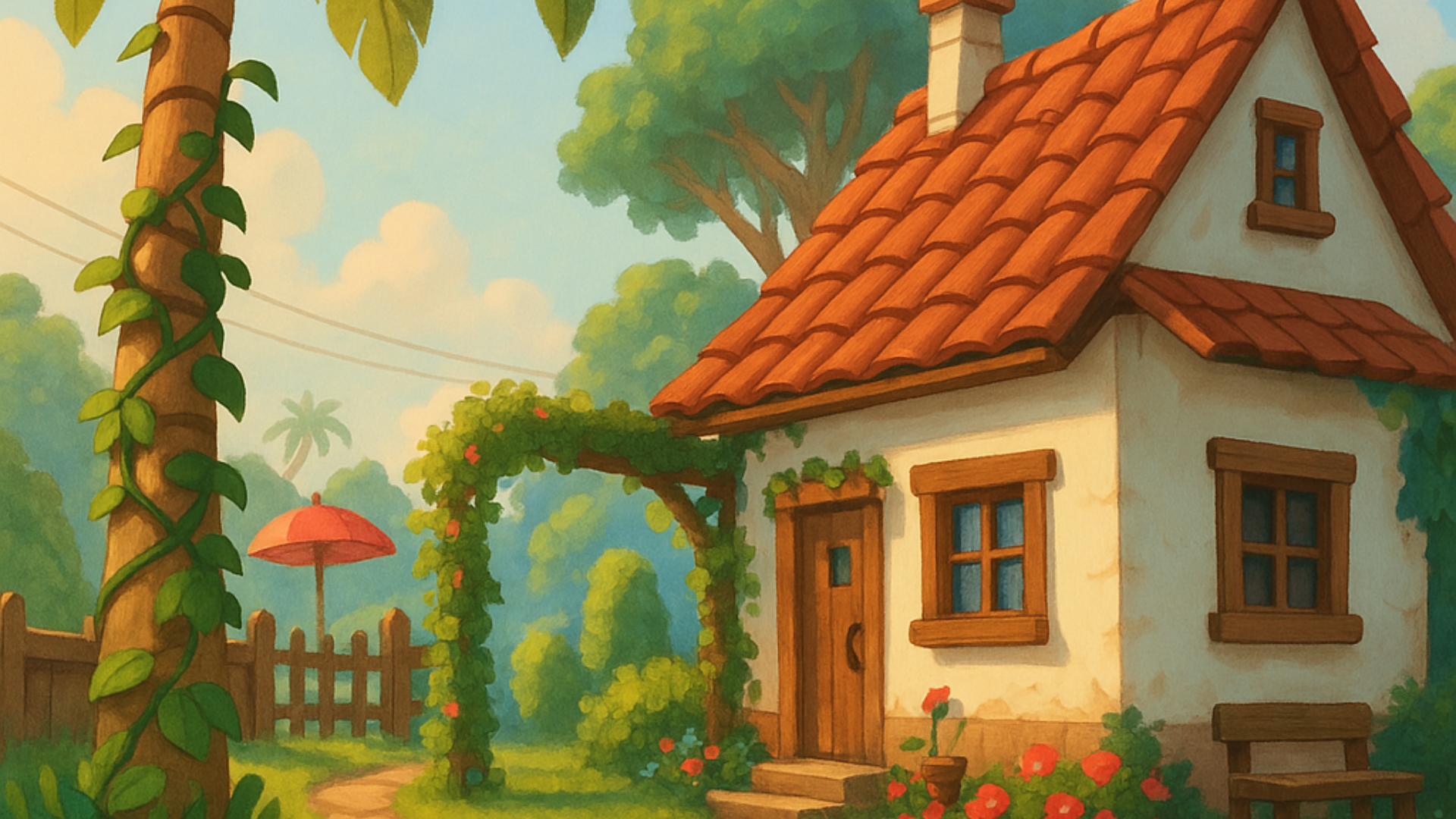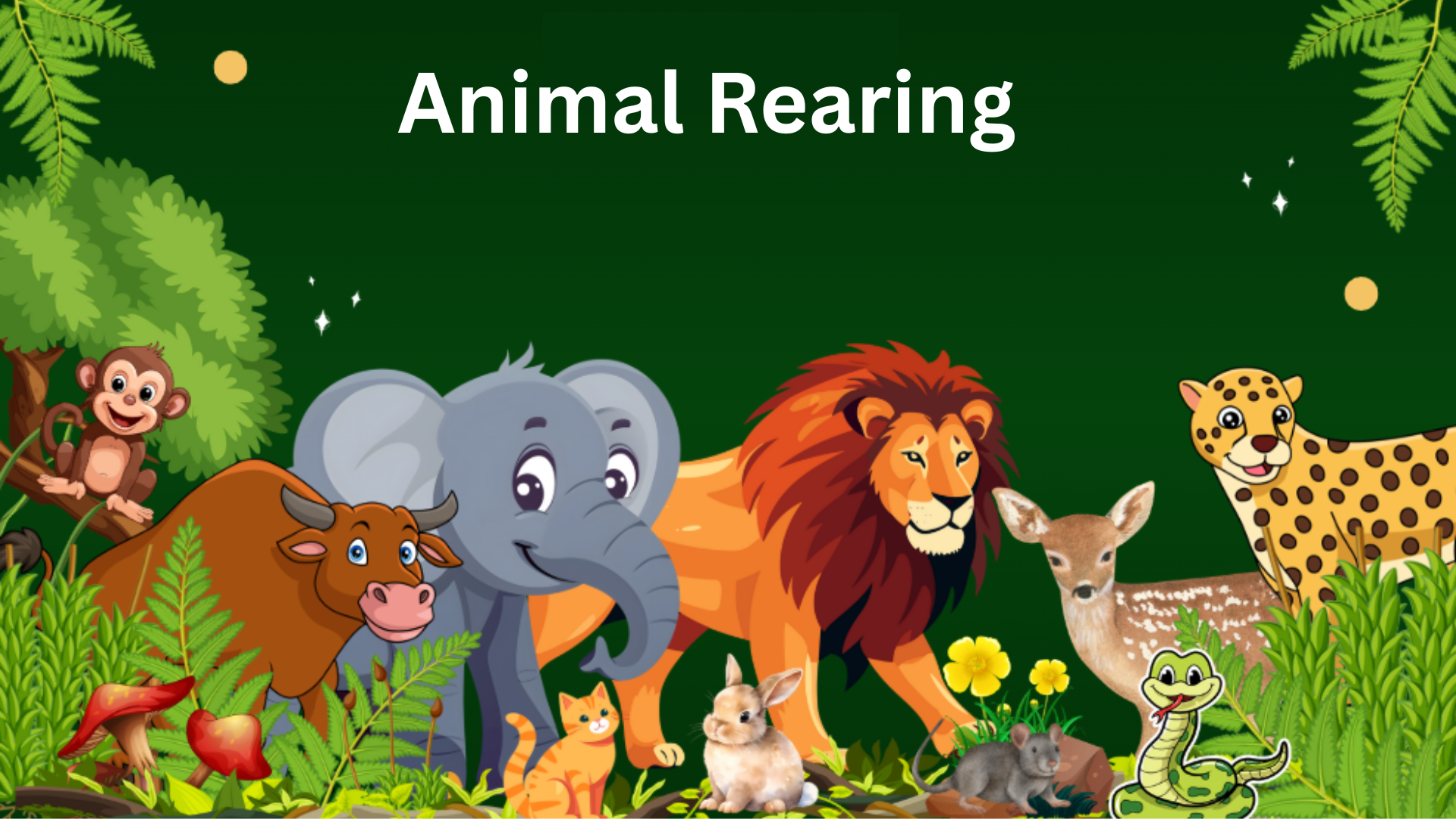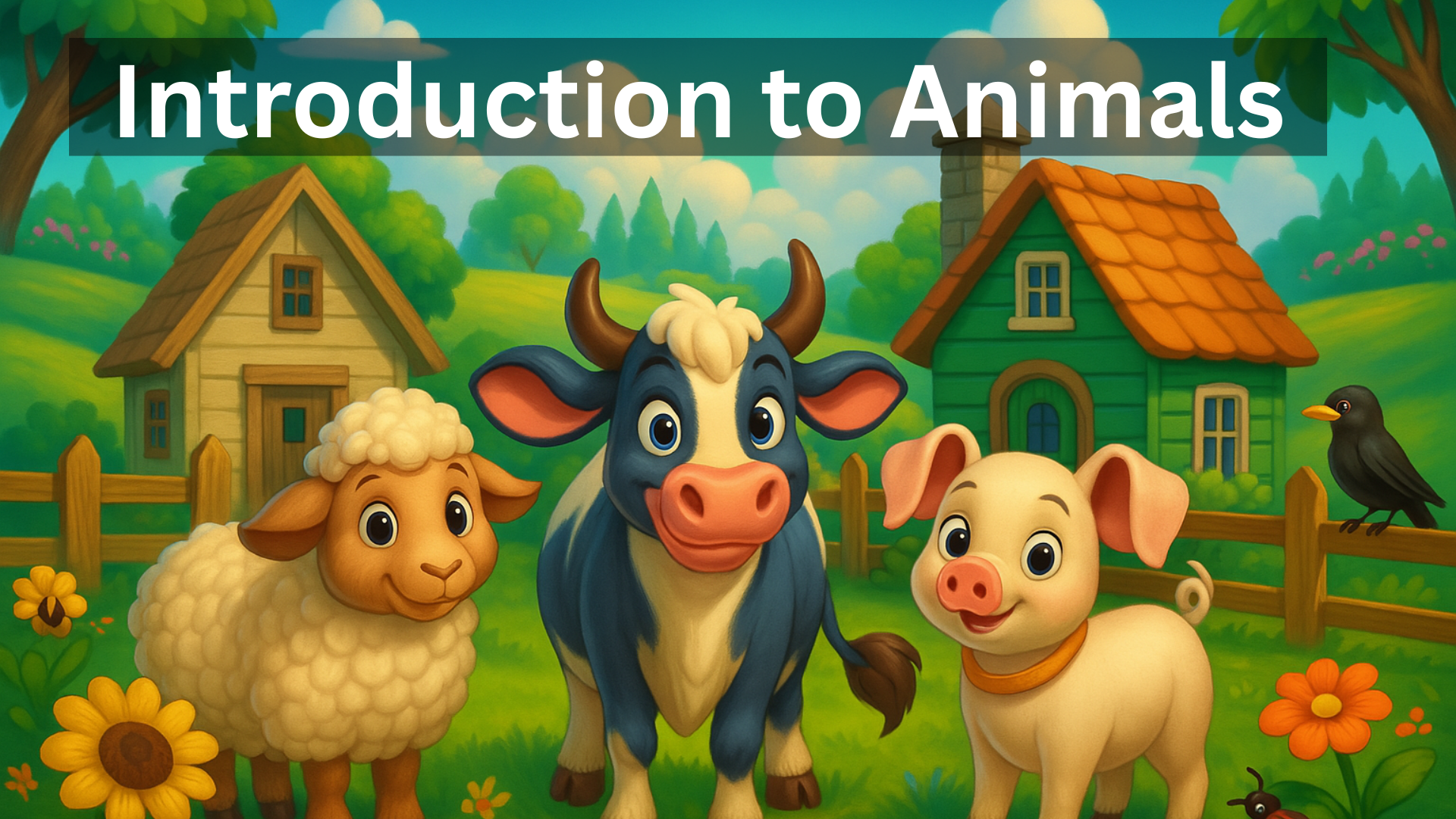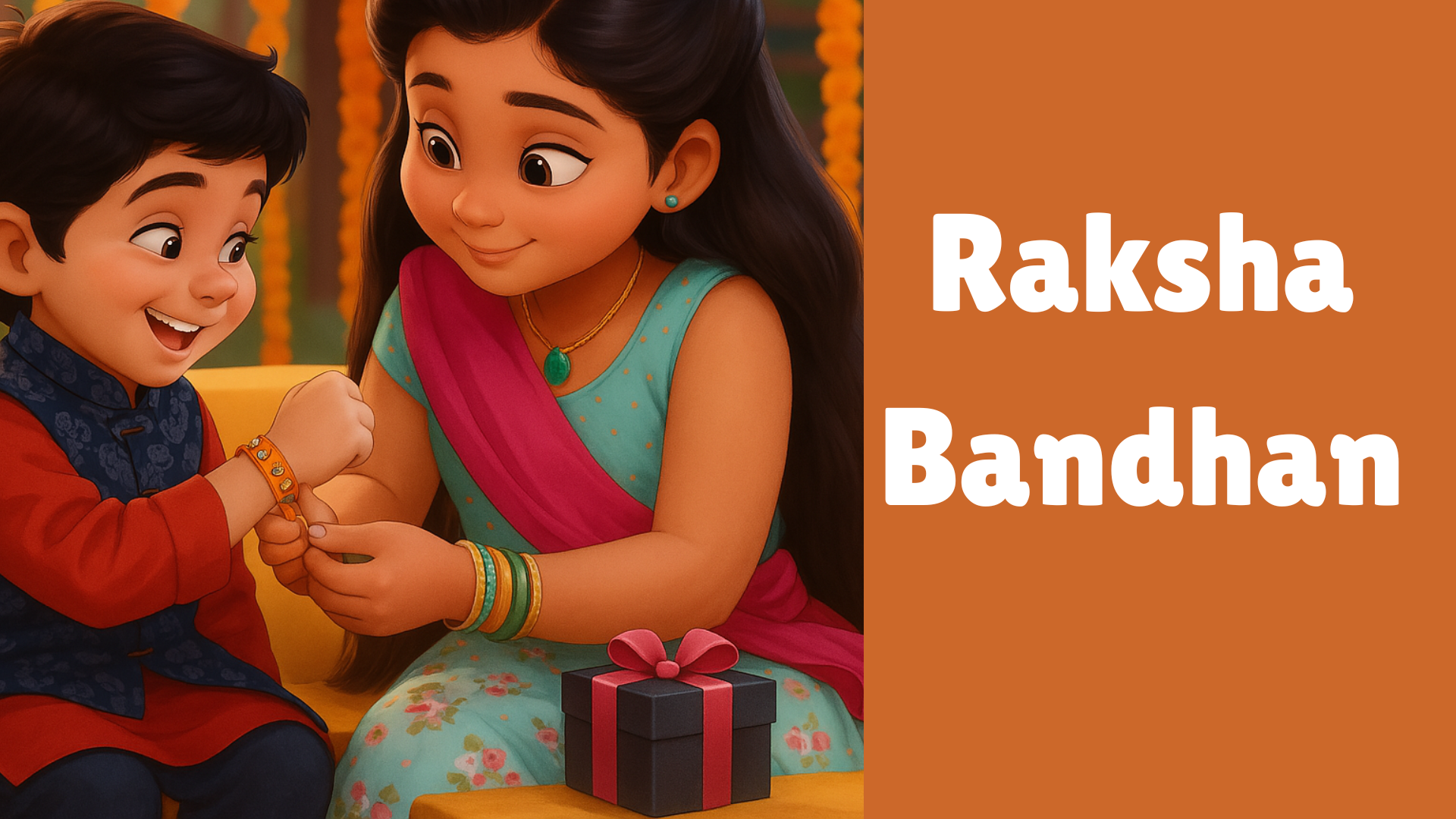Jumbo of Indian Cricket – Anil Kumble
Hello kids! Today, we are going to talk about a great cricketer from our very own Karnataka—Anil Kumble! Have you ever played cricket with your friends? It’s such a fun game, isn’t it? Well, Anil Kumble wasn’t just any cricketer—he was one of the best bowlers India has ever seen! Let’s learn more about him. Who is Anil Kumble? Anil Kumble was born on October 17, 1970, in Bengaluru. Like many of you, he started playing cricket on the streets with his friends. Soon, he joined a cricket club called Young Cricketers and started playing seriously. He didn’t just love cricket; he was also very smart in studies and became a mechanical engineer! Anil Kumble’s Cricket Journey Kumble played his first Test match in 1990 against England. He bowled for 43 overs and took 3 wickets, which was just the beginning of his amazing career. Over time, he became one of the best bowlers in the world, taking 619 wickets in Test cricket! That’s the third highest in the history of Test cricket! One of his most unforgettable achievements came in 1999, when he took all 10 wickets in a single innings against Pakistan! Can you imagine? He became only the second bowler in the history of cricket to do this! Honours and Achievements For his incredible contribution to Indian cricket, Anil Kumble was awarded:Arjuna Award – For excellence in sportsPadma Shri – One of India’s highest civilian awards The Government of Karnataka even named a famous roundabout in Bengaluru after him—Anil Kumble Circle! He also became the captain of the Indian Test team before retiring from cricket. Today, he lives in Bengaluru with his wife, Chetana, and their three children. Why is He Called ‘Jumbo’? Kumble was nicknamed ‘Jumbo’ by his teammates. Do you know why? Because of his tall height and the way he bowled super fast like an elephant! FAQs Where did Anil Kumble start playing cricket? He started playing cricket on the streets of Basavanagudi in Bengaluru. What record did he set in 1999? He took all 10 wickets in a single innings against Pakistan, becoming only the second bowler in history to do so! What awards has he received? He has received the Arjuna Award and the Padma Shri. Where does he live now? He lives in Bengaluru with his family. Why is he called ‘Jumbo’? Because of his height and his fast bowling style, which was as strong as an elephant’s power! Take assessment: 1. Oral Questions (Simple Recall) These questions encourage children to recall facts from the lesson. 2. Fill in the Blanks (Tests recall and sentence completion skills.) 3. True or False (Checks understanding and corrects misconceptions.) 4. Match the Following (Tests association skills.) Column A Column B Anil Kumble’s birthplace Bengaluru His nickname Jumbo Number of wickets in a Test match innings 10 Year he set his special record 1999 Award given to him Padma Shri 5. Who Said This? (Identifies key details from the lesson.) 6. Short Answer Questions (Encourages kids to write simple sentences.) 7. Long Answer Questions (Tests comprehension and expressive skills.) 8. Picture-Based Questions (Good for visual learners.) 9. Rearrange the Sentences (Tests logical thinking and sequence understanding.)Rearrange the sentences in the correct order: 10. Crossword Puzzle / Word Search (Words from the lesson can be hidden in a word search or crossword.)Possible words: Cricket, Jumbo, Bengaluru, Wickets, Captain, Test match, Padma Shri, Bowler 11. Think and Answer (Application-Based Questions) (Encourages reasoning and creative thinking.)



